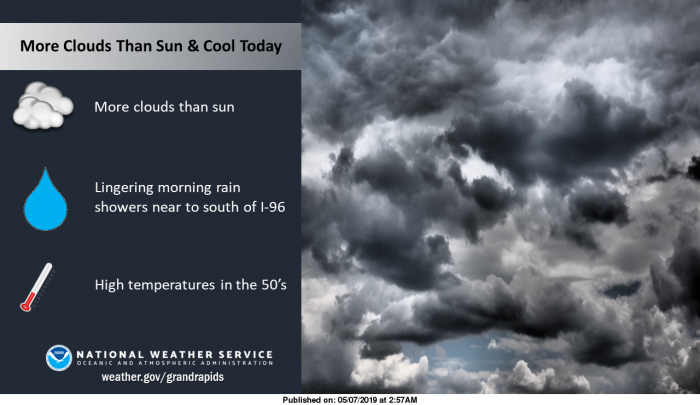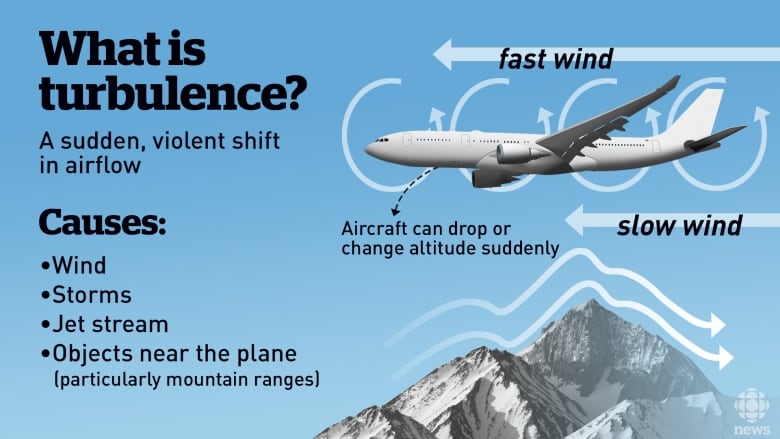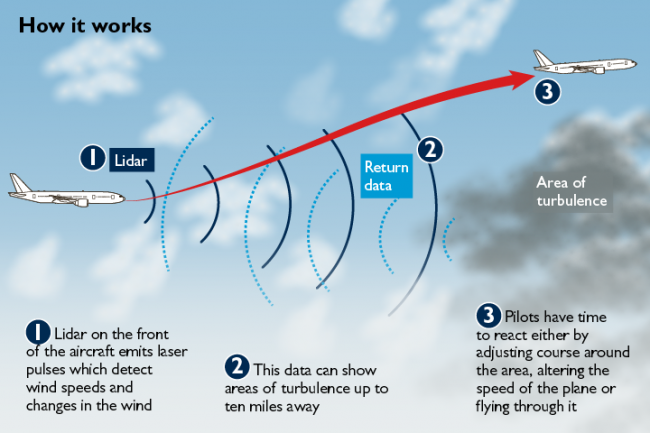When I worked with my engineering and maintenance teams before I retired we used to fly around the U.S. to look at various machinery being built for our company. I have flown in commercial jets all over the country in all sorts of weather in everything from turbo props to 757s. One gets the opportunity to view the clouds and weather from a different perspective six miles above the ground.
When the skies are clear one can see for miles – it is especially awesome flying at night when the city lights are visible.
The most unsettling feature of flying is turbulence:
Types of turbulence
There are four fundamental causes of turbulence:
- Thermal
- Mechanical
- Shear
- Aerodynamic (Wake turbulence)
Thermal:
When the surface is sufficiently warm, vertical currents of air form. As an aircraft flys through these, the occupants will experience turbulent conditions.
Mechanical:
This is caused by interference of surface features on the horizontal flow of air. This could include mountains, Tall buildings, Trees, etc.
The amount of turbulence depends on speed of wind, the size of the obstruction, the shape of obstruction and atmospheric conditions.
An aircraft will experience turbulence as it fly’s over and behind this object.
Shear:
When the direction or speed of wind changes dramatically within a short horizontal or vertical distance, an aircraft will experience turbulence when it fly’s through this boundary.
Aerodynamic:
Turbulence caused by an aircraft as it fly’s through the air. Also known as wake turbulence. If another aircraft were to fly behind this, it would experience turbulence.
Intensities of Turbulence
Turbulence is separated into four levels of intensity. Each different level of intensity can be described from both ‘reaction of the aircraft’, as well as the ‘reaction inside the aircraft’. These four levels are described below.
| LEVEL | Aircraft Reaction | What Occupants feel | |
| Level 1, Light | Turbulence that momentarily causes slight, erratic changes in altitude and/ or attitude (pitch, roll, yaw) | Occupants may feel a slight strain against seat belts or shoulder straps. Unsecured objects may be displaced slightly. Food service may be conducted and little or no difficulty is encountered in walking. | |
| Level 2, Moderate | This will cause changes in accelerometer readings of around 0.5 – 1.0g at the aircraft’s centre of gravity. Changes in altitude and/ or attitude occur but the aircraft remains in positive control at all times. It usually causes variations in indicated airspeed | Occupants feel definite strains against seat belts or shoulder straps. Unsecured objects are dislodged. Food service and walking are difficult. | |
| Level 3, Severe | This will cause changes in the accelerometer reading of greater than 1g at aircraft’s centre of gravity. Large, abrupt changes in altitude and/ or attitude. It usually causes large variations in indicated airspeed. Aircraft may be momentarily out of control | Occupants are forced violently against seat belts or shoulder straps. Unsecured objects are tossed about. Food services and walking are impossible. | |
| Level 4, Extreme | Turbulence in which the aircraft is violently tossed about and is practically impossible to control. | ||
Today’s modern aircraft use Lidar (pulsed lasers) to detect turbulence which give pilots a heads up on conditions ahead. I have experienced all types of turbulence which can be disconcerting however aircraft are built to withstand all sorts of weather conditions… still, being several miles above the earth can give you a sense of humility and mortality……
Seven Day Forecast
Pollen Forecast




Frost freeze warnings out to our north tonight ..We average our first 80* degree temp April 30th don’t see that coming for awhile…INDY!
Flying for humans has always involved “a wing and a prayer” 😉 We remain cold, with nothing but cold to come. The Southern Arctic may have reached it’s high for the year. Time to prepare for the fact that September is nothing more than January from now on. It’s fascinating that folks assume MI simply must get warm…because it “always” does. Let’s not fear the term “new glacial area”.
Bring on the mini ice age!
Possible snowstorm brewing in the upper peninsula Thursday and more rain for GR with cool temps my furnace just kicked on been on since November how crazzy is that ..Our Cool damp Spring continues…INDY!!!
You will need your furnace the rest of this month!
IF the latest CFSv2 plays out we could see some warmer temperatures the end of May into the start of June. With 4 months already below average and a cool start to May I would think that at least one of the summer months stands a chance of being warmer then average. We shall see.
Slim
I will believe it when I feel it lol…INDY!
Another cloudy cool and damp AM the temperature here is 46 and while not raining it is rather dark with thick clouds.
Slim
I have not flown as much as MV has but as anyone who has been is any kind of turbulence know it can be scary. One of my worst flights was in a November wind storm landing into Detroit the winds were in the 40 to 45 MPH range and we had to circle around SE Michigan for about 45 minutes before we could land, and it was bumpy to say the least. We were told we might have to go to Memphis instead of Detroit but we did land in Detroit with the wind and all.
Slim
I think my most ‘interesting’ flight was landing in a snowstorm in Burlington Vermont – when the plane hit the runway we slid back and forth – hats off to the pilots for keeping the plane on the runway…
More great spring weather is on tap! Cool, cloudy and wet!